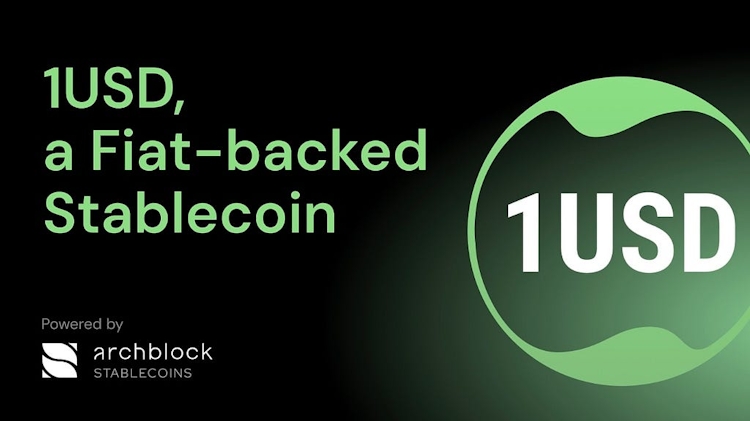Principles of Currency Backed Stablecoins
The first time the world was truly confronted with the term “stablecoin” was in May 2022 with the events unfolding from TerraUSD (UST), where the blockchain industry and the broader community were forced to understand the differences between algorithmic stablecoins, currency backed stablecoins and other stablecoin models covered in the previous post.
With recent events unfolding as a result of several bank runs, the time has come again to unpack in more detail, the nuances and intricacies within currency backed stablecoins, especially as many USD denominated stablecoins depegged from their $1 USD value. While most claim to be collateralized by cash and/or cash equivalents with regular attestations on their reserves, there are other attributes within the model of currency backed stablecoins that may differ between each stablecoin issuer.
Here are some principles for currency backed stablecoin issuers to contemplate.
1-for-1 Backing
The easiest way of understanding 1-for-1 backing is that if someone held the full supply of the stablecoin, they could redeem it for the full value of the tokens. In line with most other currency backed stablecoins, the composition of reserves would be a combination of cash and cash-equivalents, and that the stablecoin is fully reserved at all times, as demonstrated through the proof of reserves. A trustworthy stablecoin issuer will maintain technical and legal enforcements that prevent the company from minting unbacked tokens to ensure 1-for-1 backing at all times.
Redeemability
The principle of redeemability is for stablecoin issuers to ensure that legitimate redemption requests are honoured and processed in a timely manner and not arbitrarily discouraged. There may however, be exceptions to be catered for especially where illegal activities are detected such as money laundering, as well as applying minimum redemption requirements due to technological limitations.
Full Transparency
One of the principles consistently shared by many currency backed stablecoins is the transparency of reserves. In many cases, regular (usually monthly) attestations are conducted at a given point in time by an independent third-party professional services firm.
In an industry that operates 24/7, the trend is leaning towards shorter attestation periods and where possible, provide live attestations. To push the envelope even further, companies like Chainlink are working with providers to build a proof of reserve logic straight into the smart contract, further removing human error, or in the case of November 2022, human greed.
If done correctly, real time proof of reserves presents a more transparent methodology compared to monthly attestations where potential fraudulent movement or use of reserve funds outside of the attestation period may still remain undetected.
Segregation of Funds
In light of recent events, the principle where operating funds and reserve funds collateralising the stablecoin are never to co-mingle has emerged. This is not simply about separating the funds across different bank accounts, this is about establishing a trust structure relationship with a completely different and independent entity to hold the reserve funds. Under this model, funds are never available to the stablecoin issuer. Balances in these reserve accounts increase when user funds arrive and are minted, and reduce when token holders redeem their stablecoin.
After the events that unfolded involving the collapse of a prominent cryptocurrency exchange in 2022, it became more important than ever that separating customer funds with operating funds became a focal point for various organisations in the blockchain industry.
Contingencies
Should any of the entities involved in the stablecoin issuance model fail, there are to be protocols in place for such contingencies especially given the priority around the protection of customer funds.
As alluded to earlier in the section on segregation of funds, customer funds are held in escrow, in a separate trust entity. This ensures that not only is there no risk of financial contagion should anything happen to the entities involved, in many cases the trustee will step in to ensure customer funds are returned in an orderly manner should any negative situations arise.
Principles of Currency Backed Stablecoins was originally published in Archblock on Medium, where people are continuing the conversation by highlighting and responding to this story.


